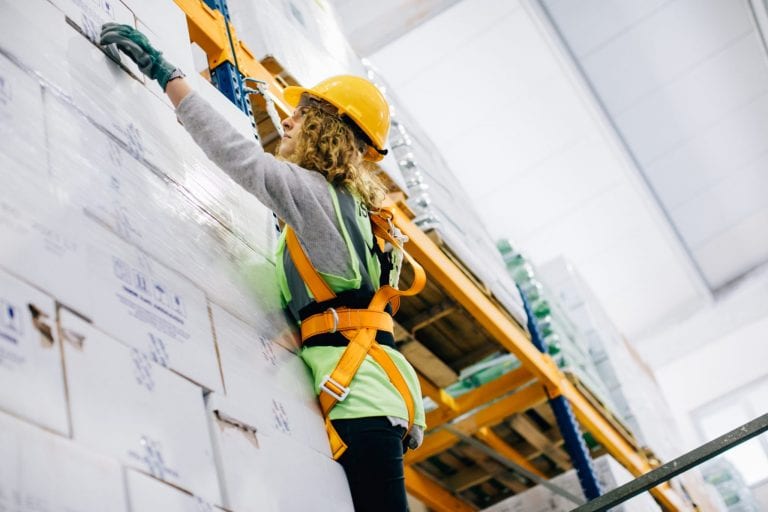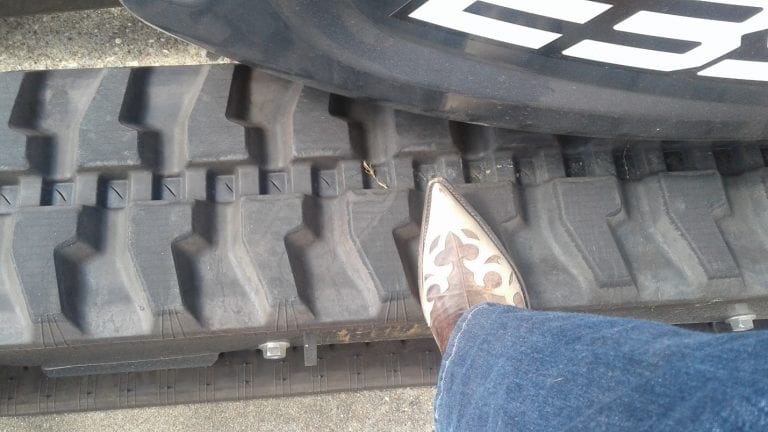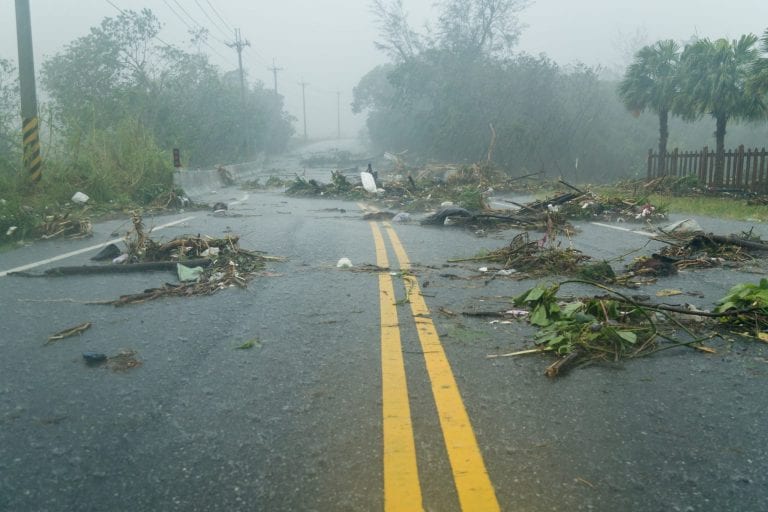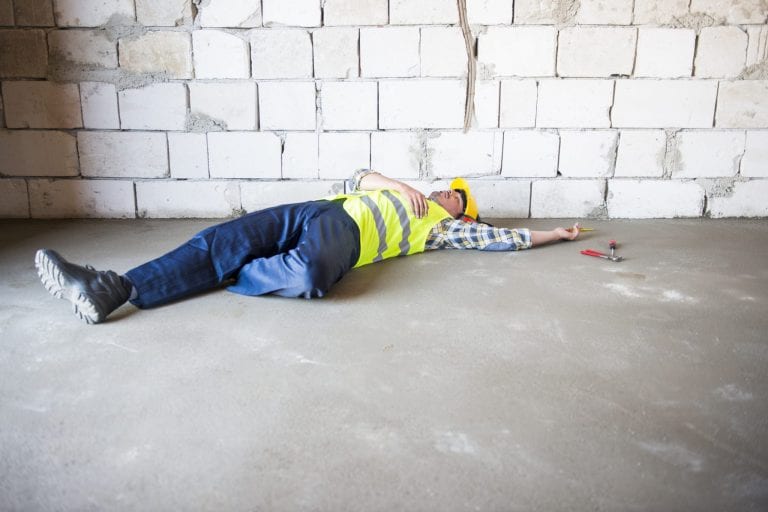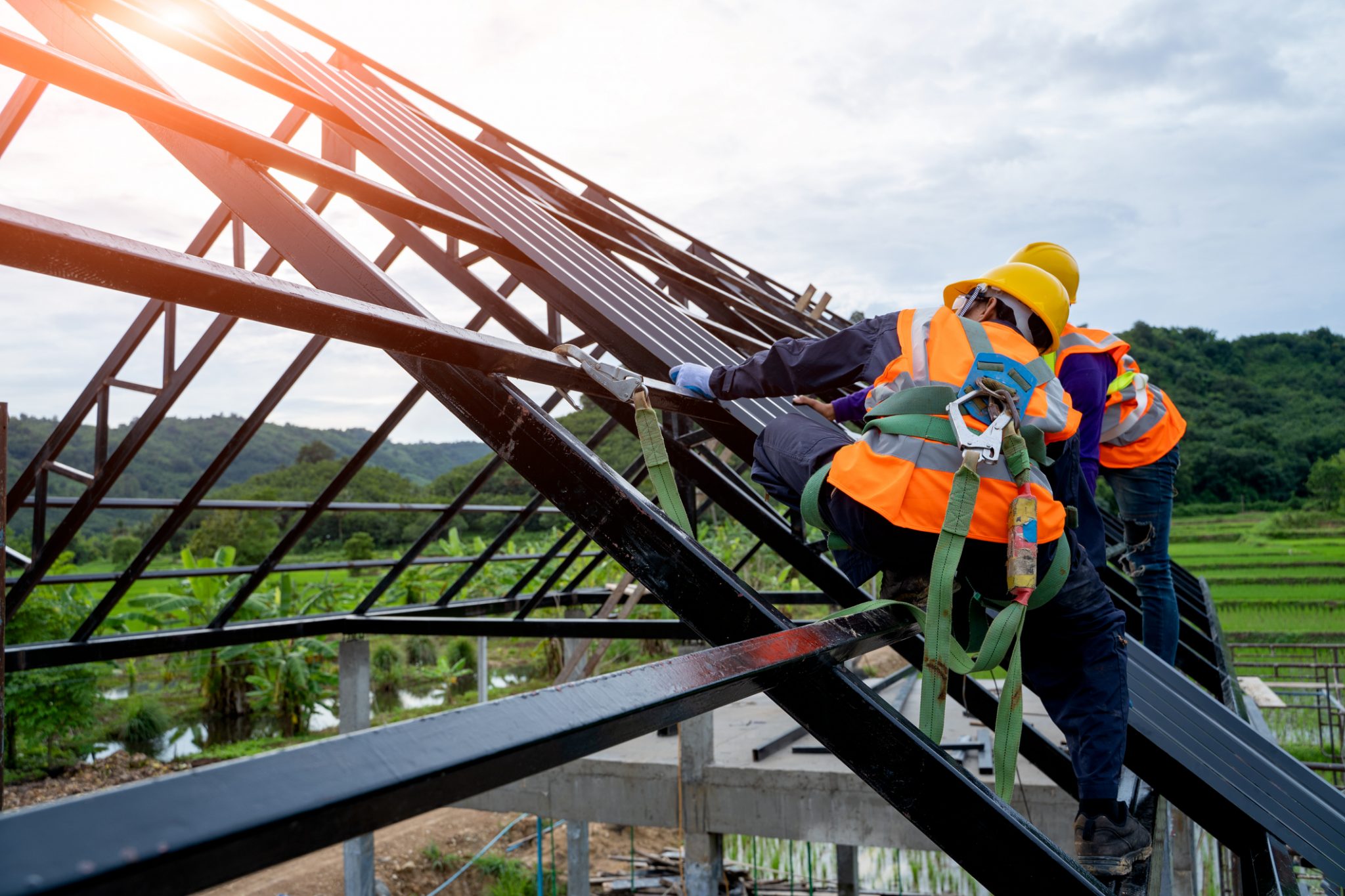
The very top of a construction project may have the biggest impact on a company’s bottom line. Workers for The Boldt Company, a member of multiple AGC chapters, routinely work 120-130 feet in the air on large power and industrial plant jobsites and the slightest misstep could result in personal injury and devastating losses to the families, communities, customers and all subcontractors. Ensuring safety at extreme heights is a top priority for the construction services company; so much so that Boldt has never been removed from a job due to any safety concerns.
Robust safety programs are pay-to-play for power customers, but ensuring safety on a daily basis for thousands of workers across the United States takes more than slogans — safety depends on collaboration, education, and innovation. In 2018, Boldt maintained a total incident rate well below the construction industry average of 3.1. Much of the specialized work on large plants is self-performed, and Boldt teams consider working on steel beams high over the jobsite all in a day’s work.
SAFETY STARTS WITH OWNERS
Owners have realized that embracing a strong safety culture is in the best interest of their organizations and every individual on a construction site. Safety requirements are now being written into construction contracts to mitigate risk and some owners will not allow firms with poor safety records to even bid on certain jobs. Randy Haak, general counsel for The Boldt Company, says this applies to everyone on the construction site, including construction managers and subcontractors equally.
“Some larger construction firms don’t actually self-perform the labor and may have low incident rates because they only have professional management staff and subcontract the work,” Haak says. “At Boldt, our teams regularly perform the work on industrial projects and are directly exposed to risks where high levels of protection and safety management are required.”
Boldt is completing work for AECOM, a member of multiple AGC chapters, on Alliant Energy’s West Riverside Energy Center in Beloit, Wisconsin, where crews are building infrastructure for a 650-MW combined cycle natural gas power plant. Construction began on the $700 million plant in August 2016. Boldt conducted similar work for Alliant at its’ combined cycle plant in Marshalltown, Iowa.
“Alliant had specific safety requirements,” says Ted Carew, Boldt’s senior safety manager. “At Riverside, we worked with AECOM to apply safety lessons learned at Marshalltown into the site plan. This plan became the base program, mandatory for all other contractors.”
ZERO EVERY DAY
At all jobsites, Boldt teams begin every day with a safety huddle where safety professionals engage with site staff to emphasize job hazards and the plans to avoid, mitigate, and manage such conditions to help achieve the company’s goal of zero incidents. Some of the primary hazards at these sites are:
- Slips, trips and falls
- Contact with moving or fixed objects
- Caught in or between (such as: machinery, components, trenches or excavations)
- Electrocution from tools, overhead power lines or underground utilities
Safety training is mandatory for all contractors and subcontractors at all Boldt sites. This includes training sessions prior to arriving at the jobsite, owner’s orientation, and Boldt safety orientation at the site.
In all power projects, one of the biggest safety risk is falls — including tools and equipment falling.
“Let’s say someone puts down a hammer or wrench while working at height, and someone accidentally kicks it off. By the time the tool gets to the ground, it accelerates and if it were to hit someone that would do significant damage,” says Mike Rudolph, Boldt project manager on the Riverside site.
While working at heights, crews make sure smaller tools are tethered to a belt and larger tools are tethered to a structure — even hardhats are tethered to each worker.
“It doesn’t matter what it is, anything falling will have impact,” Rudolph says. “We stress: If it can’t be harnessed, it doesn’t need to be on you.”
On a daily basis at power plant construction sites, iron workers may connect structural beams 120 feet above the ground and boilermakers can be working at similar heights constructing heat recovery steam generation systems. They wear safety harnesses, retractable lifelines and tool belts that add as much as 30 pounds to each worker. This safety equipment is necessary because it acts like a seat belt and grabs an individual if a fall starts. About half of Boldt’s site work at power projects is done at heights over six feet, which always requires tying off.
Lifts are used whenever possible and workers are tied off to the lift. Pearl weave netting surrounds the lifts like a basket to catch any tools that may fall.
“Lifts can reach up to 120 feet, but there are times you have to get out and climb the iron itself,” Carew says.
The degree to which individuals and equipment are tethered is unique to power projects and in the forefront of the safety industry. “Manufacturers have provided us with better equipment and different ways to mitigate risk on power projects,” says Cory Goldschmidt, Boldt’s corporate safety director. “On a power plant site, everything happens in close quarters, and that’s when tethering along with other protective measures are important.”
SAFETY YIELDS RESULTS
Safety processes that are integrated up front in power plant construction give positive results.
“The secret is getting safety involved up front,” Rudolph says. “When we plan the work we ask ‘what are we going to tie off to, who’s wearing what’, and identify precautions to cut down on any incidents.”
In 2018, Boldt was 82 percent below the national average for lost-time rate. That same year, Boldt self-performed 3,845,711 manhours of work and realized a lost-time incident rate of more than 50 percent below the industry average of 1.2. Both metrics are considered low for the construction industry, but safety professionals underscore individual commitment to safety makes the difference for owners.
“It’s important to remember that you can have all the rules you want, but your culture has to be dedicated to working safely every day on every jobsite,” Goldschmidt says.
Source: Associated General Contractor


